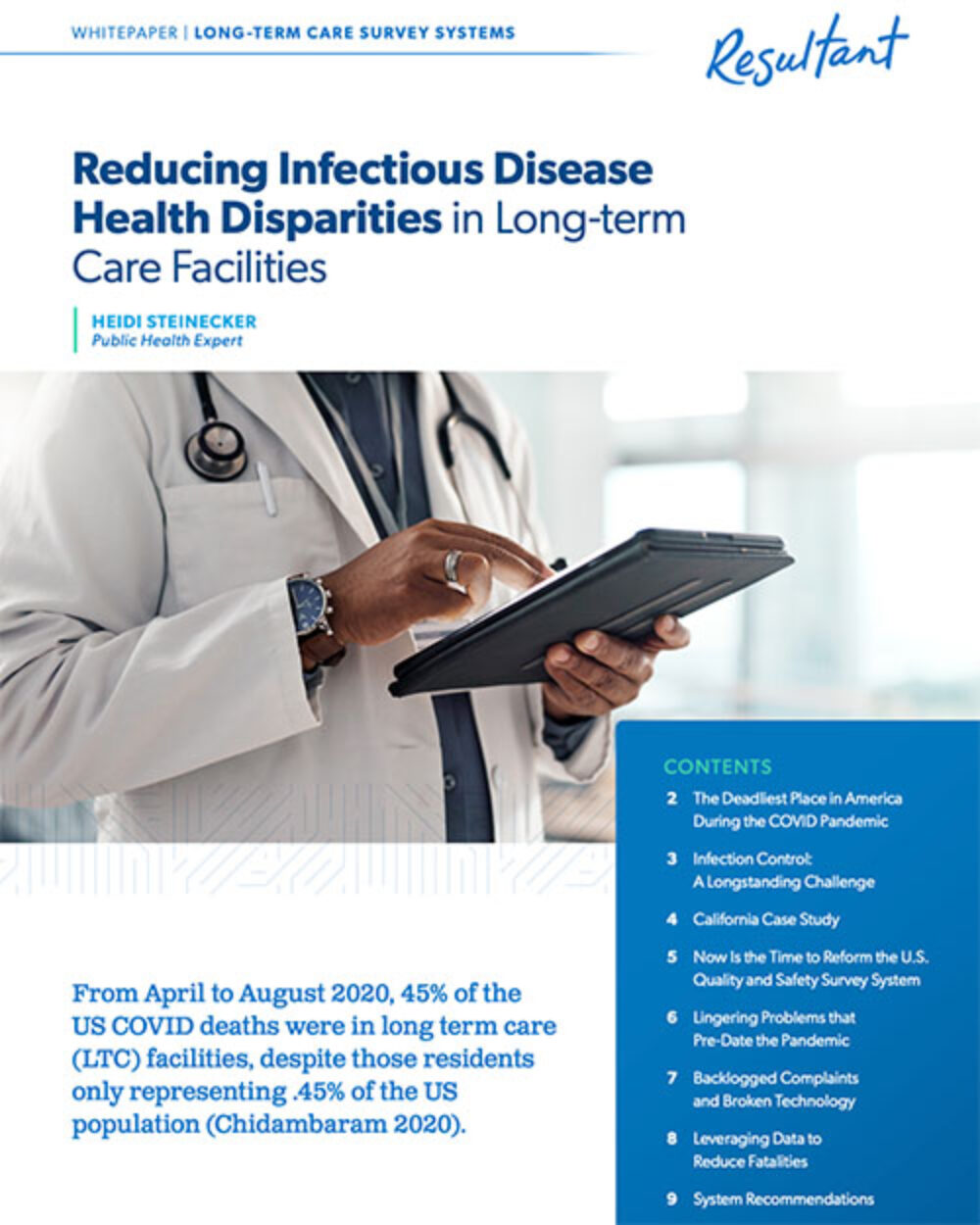The Public Health Emergency Response Platform is a dynamic, centralized system that supports swift, effective action during public health crises.
Find out how a Public Health Emergency Response Platform could save lives and livelihoods in your community.
Do any of these obstacles sound familiar?
Inadequate Coordination During Public Health Emergencies
State agencies and local health departments without a centralized, interoperable system face challenges of delayed communication, duplication of efforts, and inefficient resource allocation during public health emergencies, ultimately compromising their ability to protect citizens.
Limited Real-Time Data and Surveillance Capabilities
Limited mobile connectivity, real-time data collection, analysis, and reporting during health crises make it difficult for counties and states to identify, predict, and mitigate the spread of diseases or other public health threats. Decision-makers need timely, accurate information to guide interventions, allocate resources, and communicate effectively with the public.
Inability to Rapidly Mobilize Resources and Personnel
Without a comprehensive public health emergency response approach, counties and states can’t rapidly mobilize critical resources like medical supplies, emergency shelters, medical transportation, and personnel during public health crises, resulting in delayed care, increased mortality rates, and heightened strain on already overwhelmed healthcare systems and emergency responders.

The Public Health Emergency Response Platform’s real-time analysis and insights help counties and states comprehensively anticipate, mitigate, and respond to crises such as:
The Public Health Emergency Response Platform is a comprehensive, real-time solution that enhances a state's ability to prepare for, respond to, and recover from emergencies.
-
Real-Time Data Integration and Analytics
Aggregates and analyzes data from multiple disparate sources with live dashboards and predictive analytics to identify trends, hotspots, and resource needs.
-
Interoperability and System Integration
Seamlessly integrates with existing state systems to ensure all stakeholders can access and share critical data for coordinated responses.
-
Offline Data Collection Tools for Field Staff
Integrated tools monitor incidents, manage response teams, and document action, improving transparency, accountability, and coordination among state and local agencies throughout the duration of the emergency.
-
Resource Tracking and Management
Optimizes resource allocation by tracking availability and deployment of crit
-
Automated Communication and Alert System
Multi-channel communication provides rapid dissemination of critical information to keep stakeholders and the public informed.
-
Scalable and Customizable Framework
Adaptable to various types of emergencies, the framework can scale up or down as needed and customize workflows to address specific local concerns.
-
Training and Simulation Modules
Provides tools for emergency preparedness drills, simulations, and workforce training, ensuring agencies are well-prepared for real events.
FAQS
The Public Health Emergency Response Platform can include new or enhance existing capabilities like:
-
Record Linkage
-
Data Visualization
Connect
Insights delivered to your inbox




